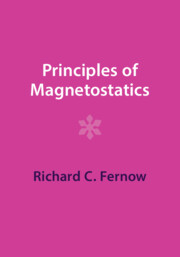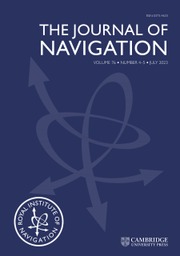Electroweak Theory
The electroweak theory unifies two basic forces of nature: the weak force and electromagnetism. This is a concise introduction to the structure of the electroweak theory and its applications. It describes the structure and properties of field theories with global and local symmetries, leading to the standard model. It describes the particles and processes predicted by the theory, and compares them with experimental results. It also covers neutral currents, the properties of W and Z bosons, the properties of quarks and mesons containing heavy quarks, neutrino oscillations, CP-asymmetries in K, D, and B meson decays, and the search for Higgs particles. Each chapter contains problems to supplement the text, stemming from the author's long teaching experience. This will be of great interest to graduate students and researchers in elementary particle physics. Originally published in 2007, this title has been reissued as an Open Access publication on Cambridge Core.
- Each chapter has an introduction highlighting its contents and giving a historical perspective
- Chapters are cross-referenced, interrelating concepts and sections of the book
- Reissued as an Open Access title on Cambridge Core
Product details
July 2023Paperback
9781009402354
260 pages
244 × 169 × 14 mm
0.46kg
Available
Table of Contents
- Preface
- Part I. The Road to Unification:
- 1. The electromagnetic current and its properties
- 2. The weak currents
- 3. The quark model
- Part II. Field Theories with Global or Local Symmetries:
- 4. Yang–Mills theories
- 5. Spontaneous breaking of symmetries
- 6. Construction of the model
- 7. The Higgs mechanism in the Glashow–Salam–Weinberg model
- 8. The leptonic sector
- 9. Incorporating hadrons
- Part III. Experimental Consequences and Comparisons:
- 10. Deep inelastic scattering
- 11. Charged current reactions
- 12. Neutral currents in semileptonic reactions
- 13. Physics of neutrinos
- 14. Heavy quarks
- 15. CP violation: K mesons
- 16. CP violation: D and B mesons
- 17. Higgs particles
- Epilogue
- Appendix A. Conventions, spinors, and currents
- Appendix B. Cross sections and traces
- Appendix C. Identities for quark bilinears
- Index.







